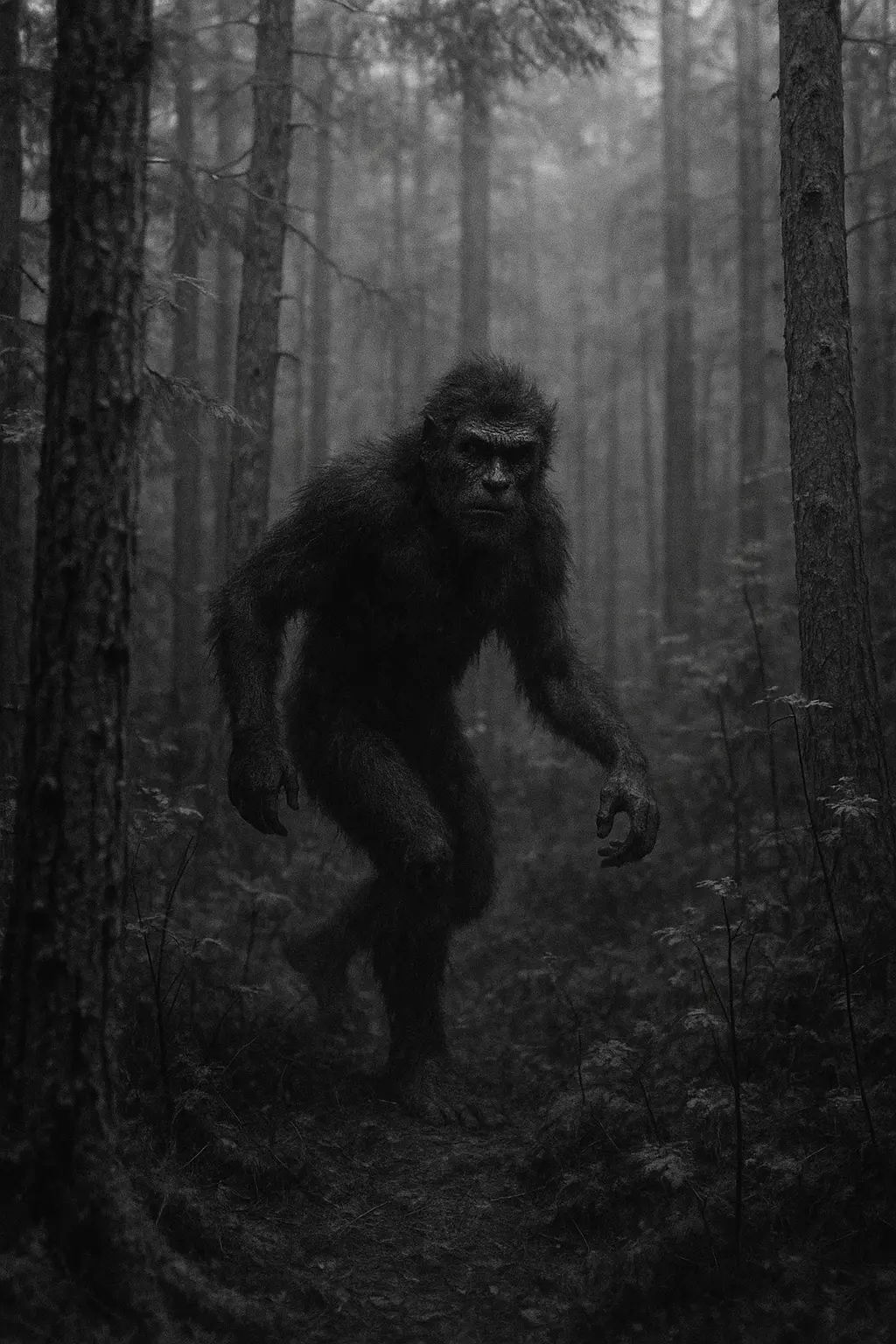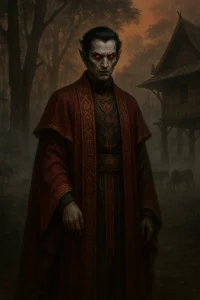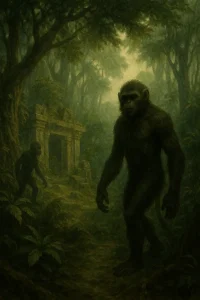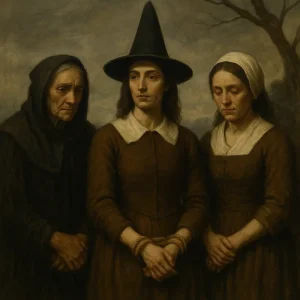In the evocative series “The Last Photo of…”, this is the haunting tale of a Swedish nature photographer from the 1950s. At that time, this profession was still uncommon, especially for those who ventured deep into the remote wilds of Sweden.
His name has been lost to time, but his work remains a mysterious echo of the past. He was known to roam the dense forests and winding trails of what is now called the Sörmland Trail. This area is picturesque but often unforgiving, located in southeastern Sweden. The photographer dedicated himself to capturing the quiet majesty of nature—the subtle sway of birch trees, the delicate bloom of wildflowers, and the shy rustling of deer in the underbrush.
One cold September day, several mushroom pickers traveling along the path made a chilling discovery. Among the fading autumn leaves lay a large, vintage camera with a broken leather strap. Nearby, they found a torn jacket stained with fresh, dark blood. The jacket was unmistakably the photographer’s—his trademark gear, worn but well cared for. Yet, there was no sign of the man himself.
Search parties scoured the forest for weeks, but the photographer’s body was never found. No clues appeared beyond the camera and jacket, as if he had vanished into the very wilderness he had sought to capture. The incident quickly became a whispered mystery in local villages, an eerie legend among those familiar with the Sörmland Trail.
What turned the case into legend, however, was what came next—the development of the last photograph he had taken.
The film, surprisingly intact despite the harsh conditions, was carefully developed by experts in Stockholm. At first glance, the image looked like an ordinary nature photo. But as the light and shadows became clearer, a different, unsettling picture emerged.
The photograph showed a scene deep in the forest, bathed in the soft glow of fading daylight. In the center stood a figure. At first, it was indistinct, blending with moss and shadows. Gradually, it revealed itself as something primal—an embodiment of the raw, hunting instinct lying dormant within us all.
It was neither a monster nor a ghost but something far more disturbing. The figure was wild, almost animalistic, with eyes that gleamed with feral intelligence. Its posture spoke of centuries-old survival instincts. It was as if the photographer had captured not just a scene from the forest, but the very essence of humanity’s oldest nature—the instinct to hunt, survive, and become one with the wilderness.
The local press dubbed the image “The Last Photo of the Wild Man.” Some argued it was a trick of light or a double exposure. Others believed the photograph was a chilling glimpse into something deeper—perhaps the photographer had encountered a creature or force beyond human understanding.
Theories abound. Some say the photographer stumbled upon an ancient spirit of the forest, awakened by the disturbance of the mushroom pickers. Others speculate he had become lost to his own primal nature, transformed by isolation and harsh wilderness into something no longer quite human.
One chilling detail stood out: the image seemed to pulse with subtle movement when viewed in certain lights. It was as though alive—a captured moment not frozen but somehow still breathing.
Today, the last photograph hangs in a small gallery in Stockholm, alongside a sparse collection of the photographer’s earlier, peaceful works. Visitors are drawn not only to its haunting beauty but to the unsolved mystery it represents.
In a world increasingly detached from the wild, “The Last Photo of the Swedish Nature Photographer” reminds us that the wilderness is not just a place of serene beauty, but also of untamed, primal forces—echoes of the hunter within each of us, lurking just beneath the surface.
Disclaimer:
This story is a work of fiction created for entertainment purposes only. The images and characters are imagined, and any resemblance to real persons or events is coincidental.



